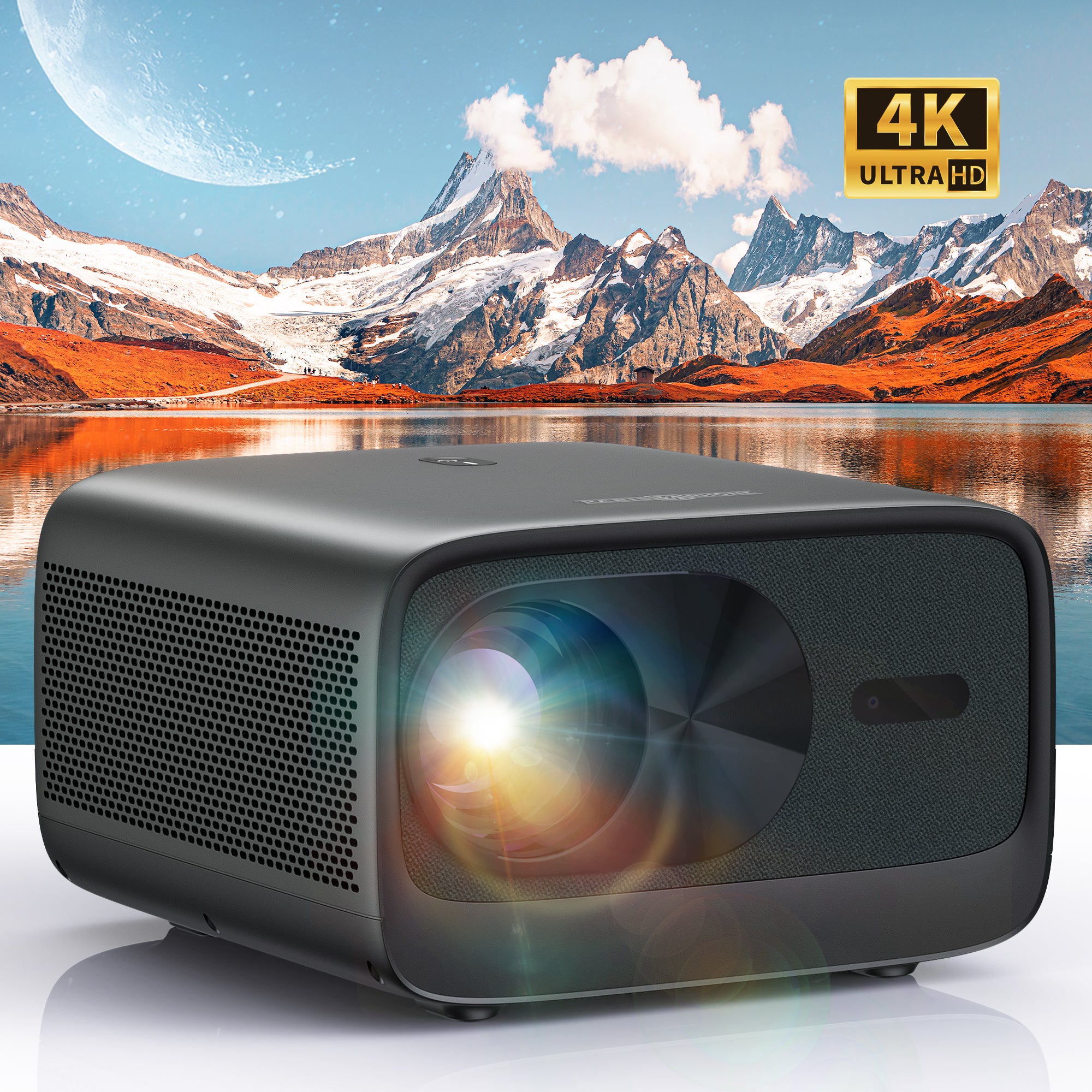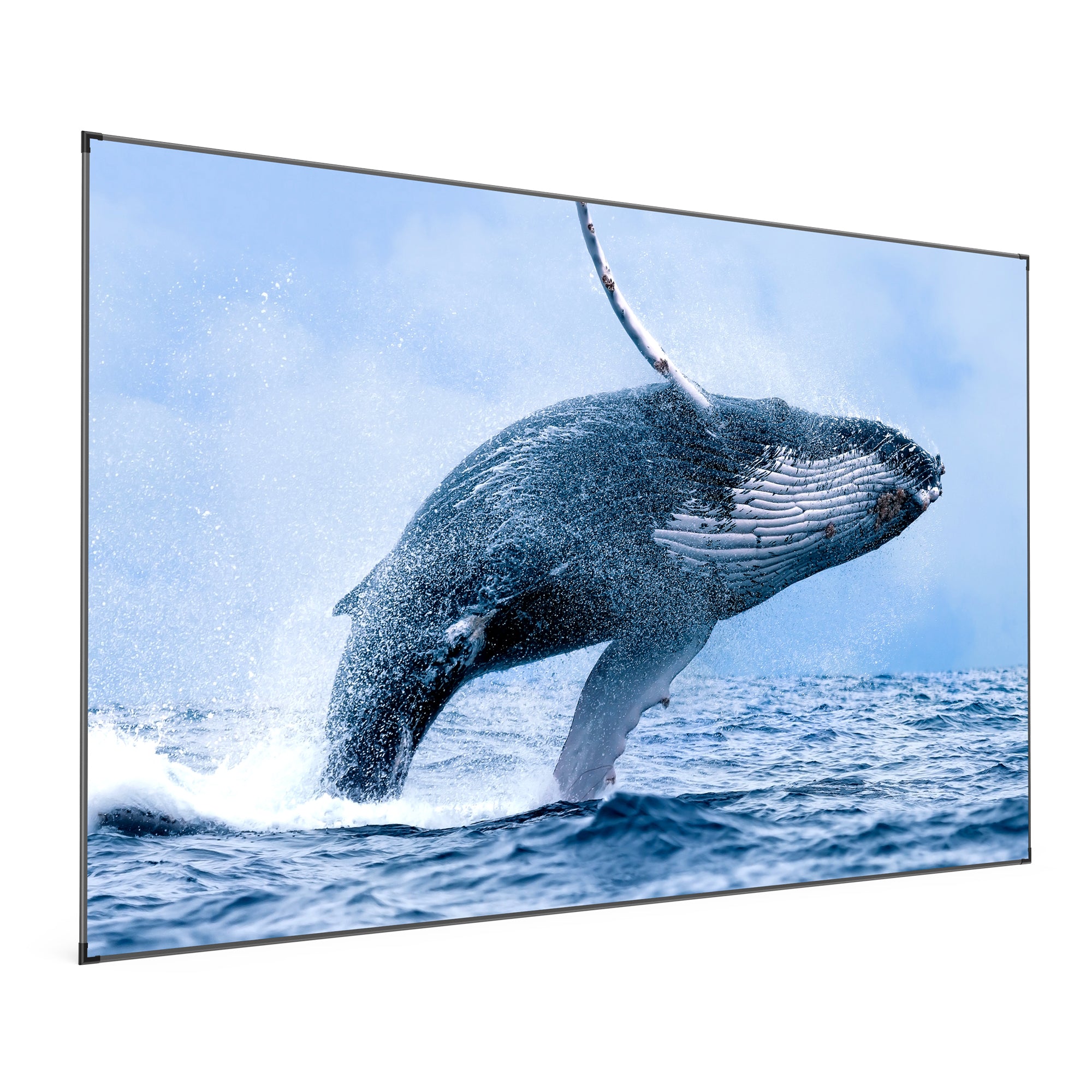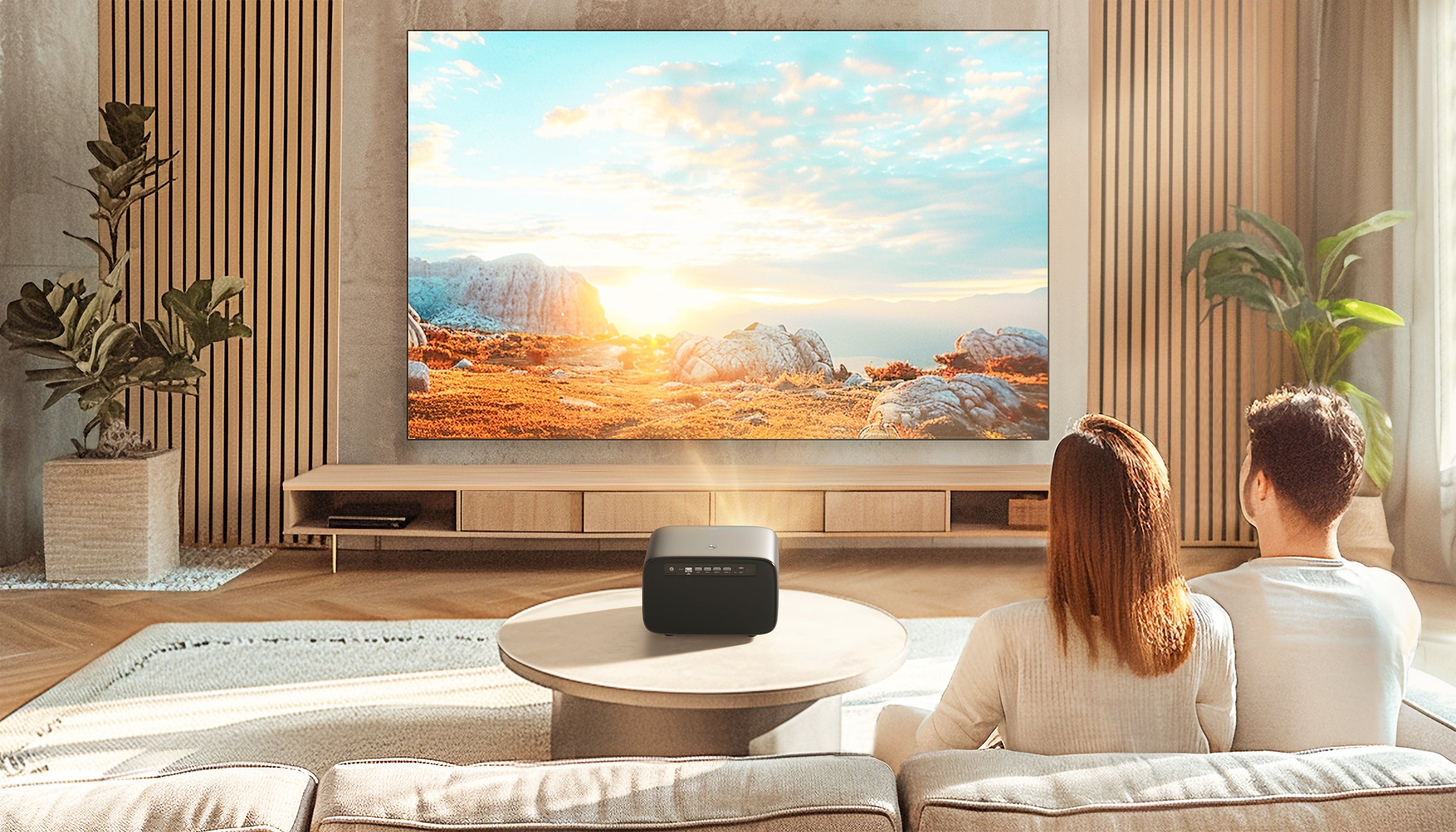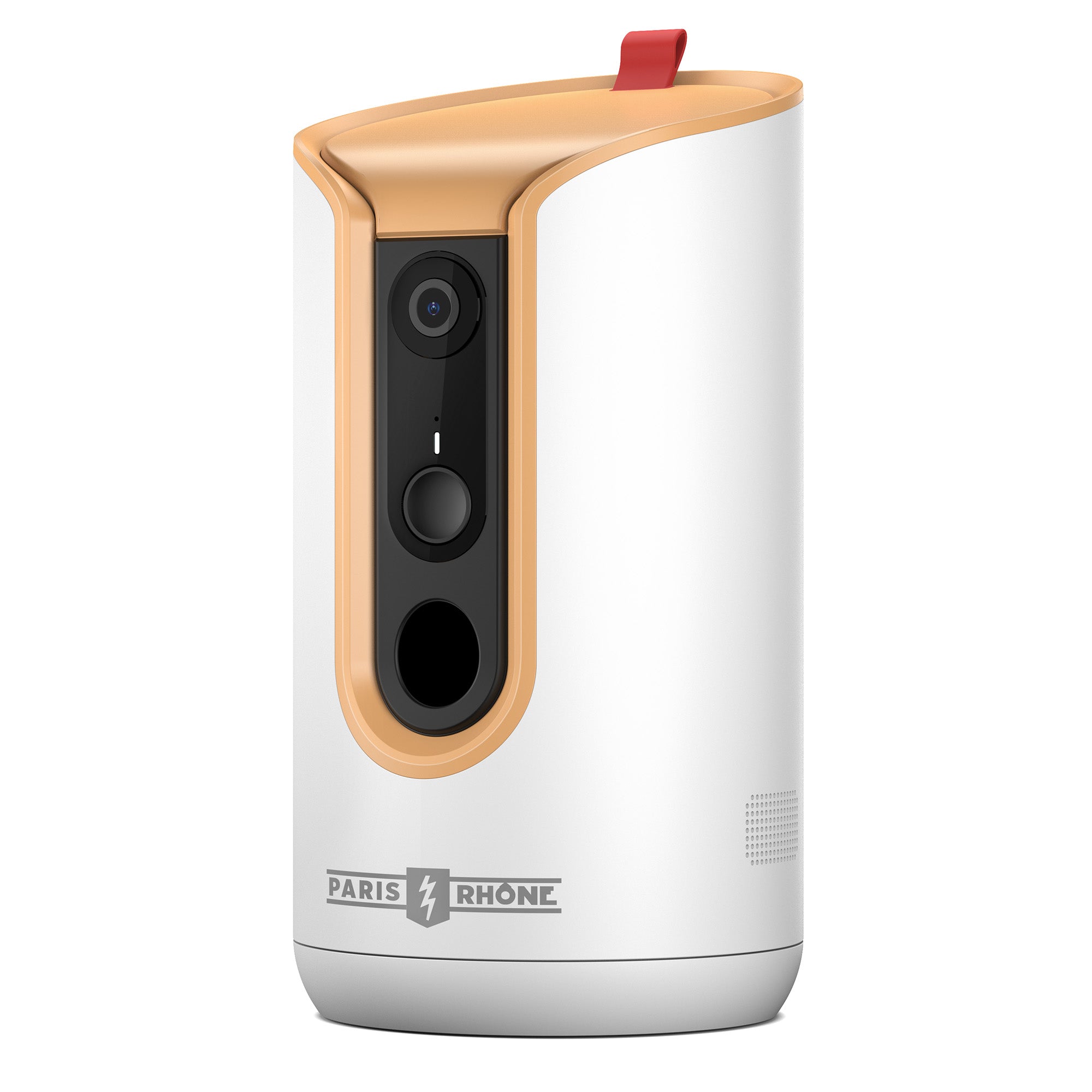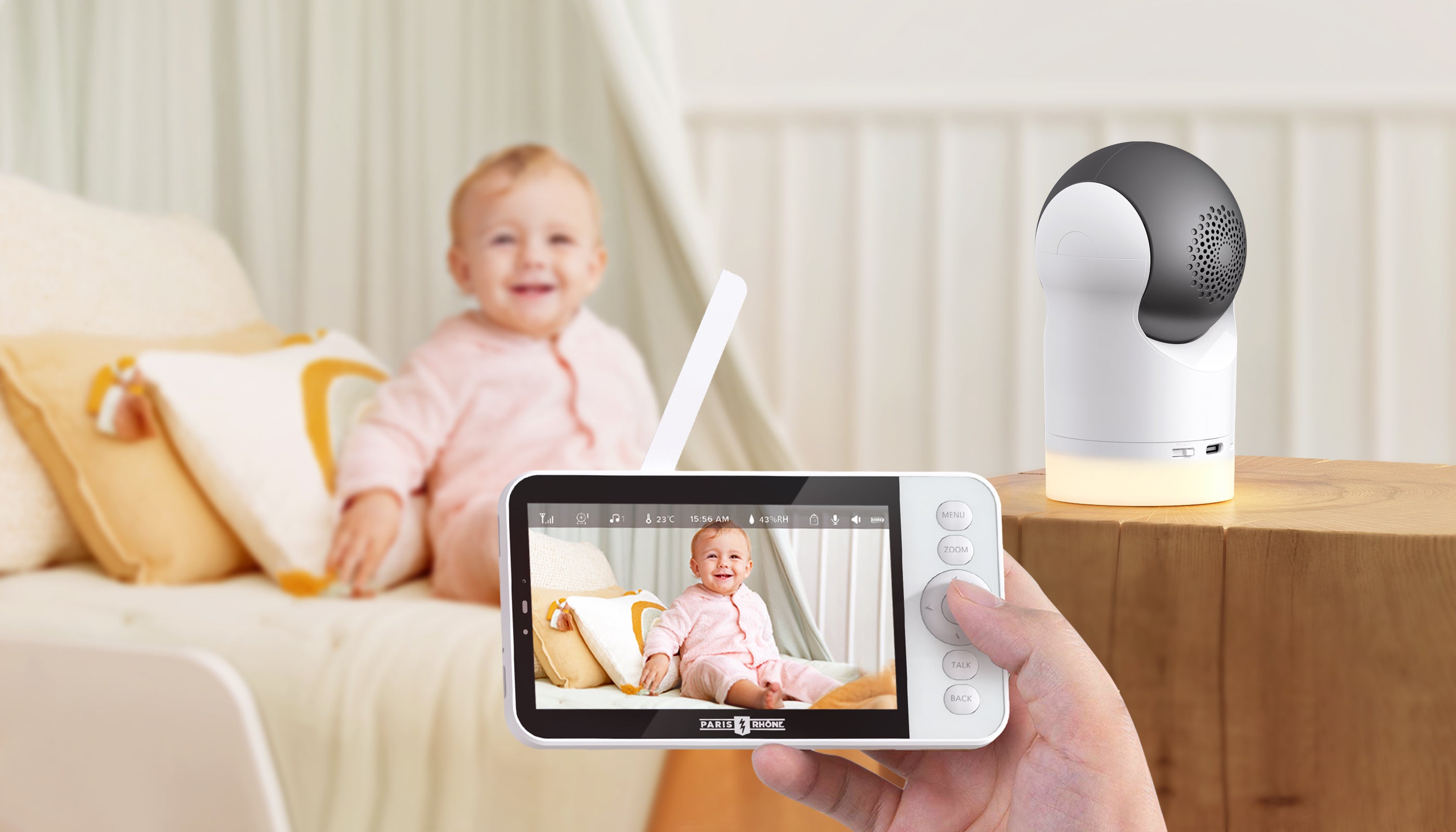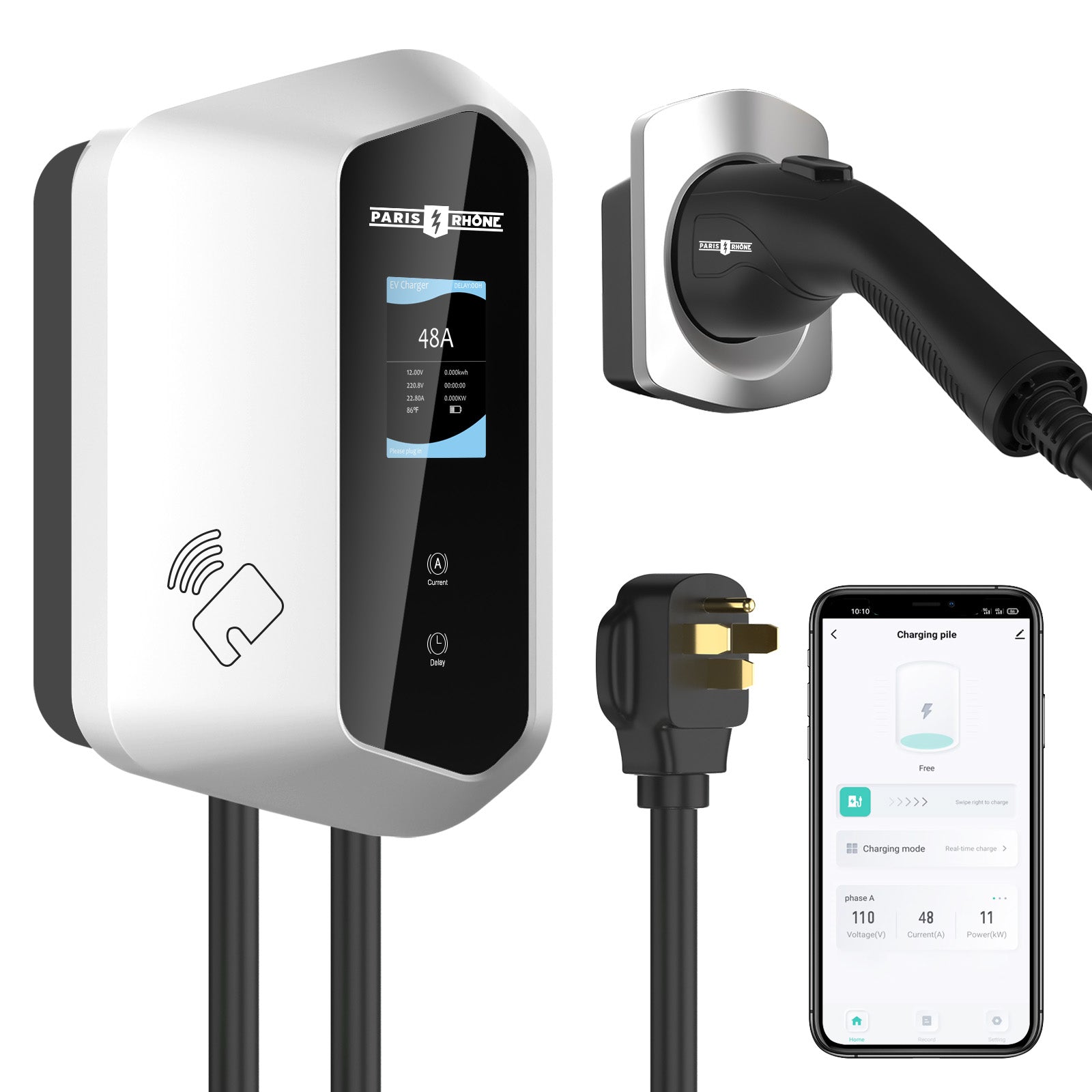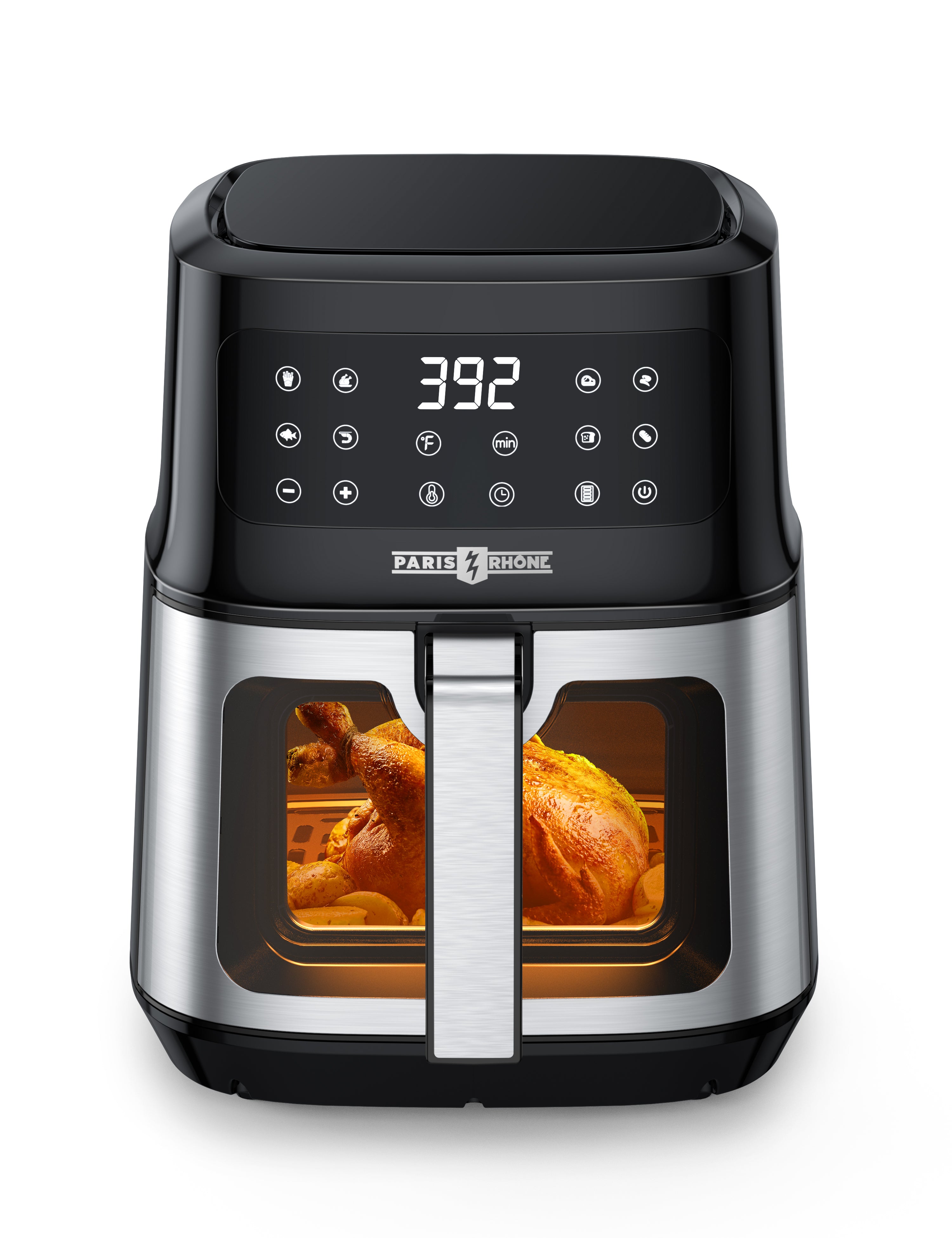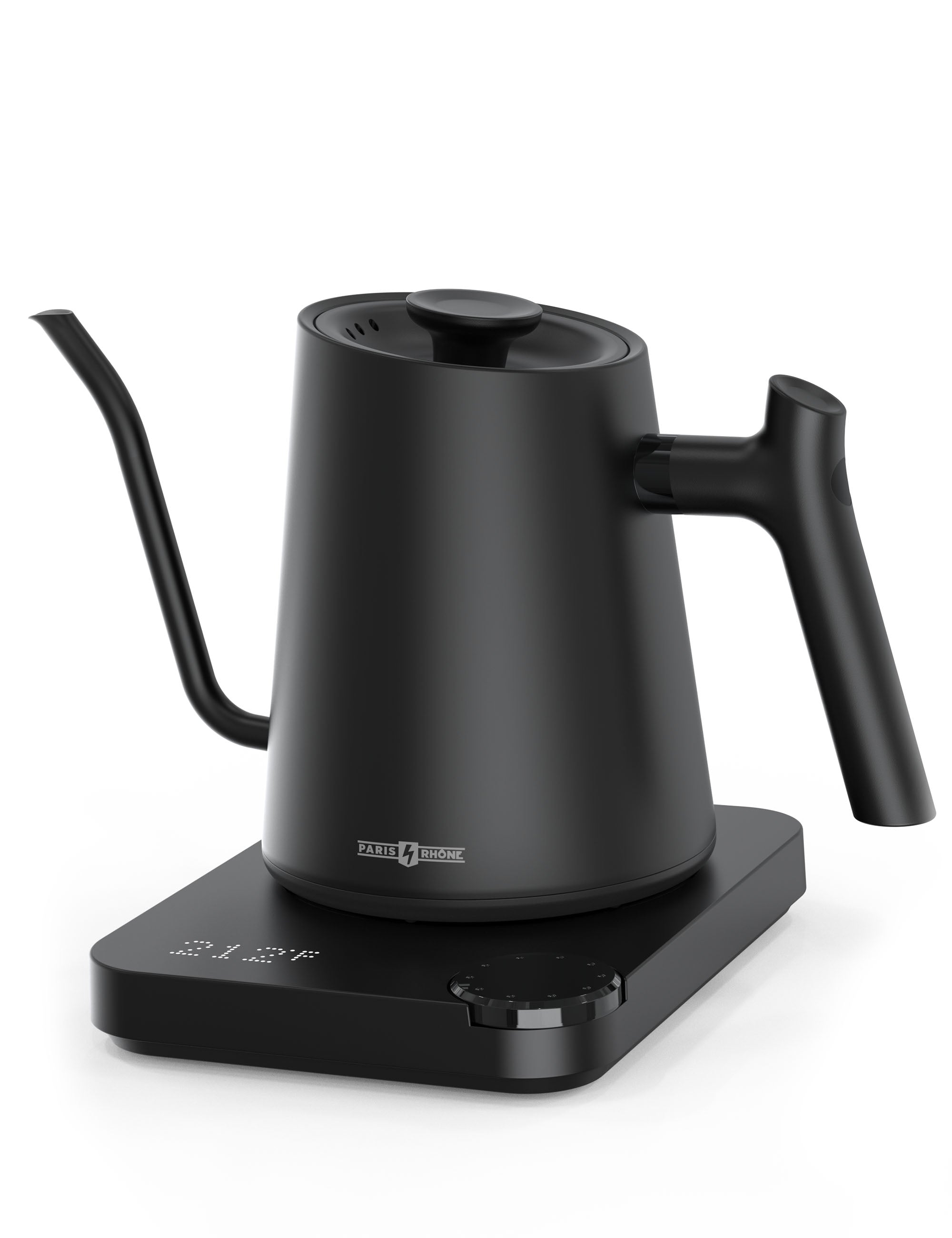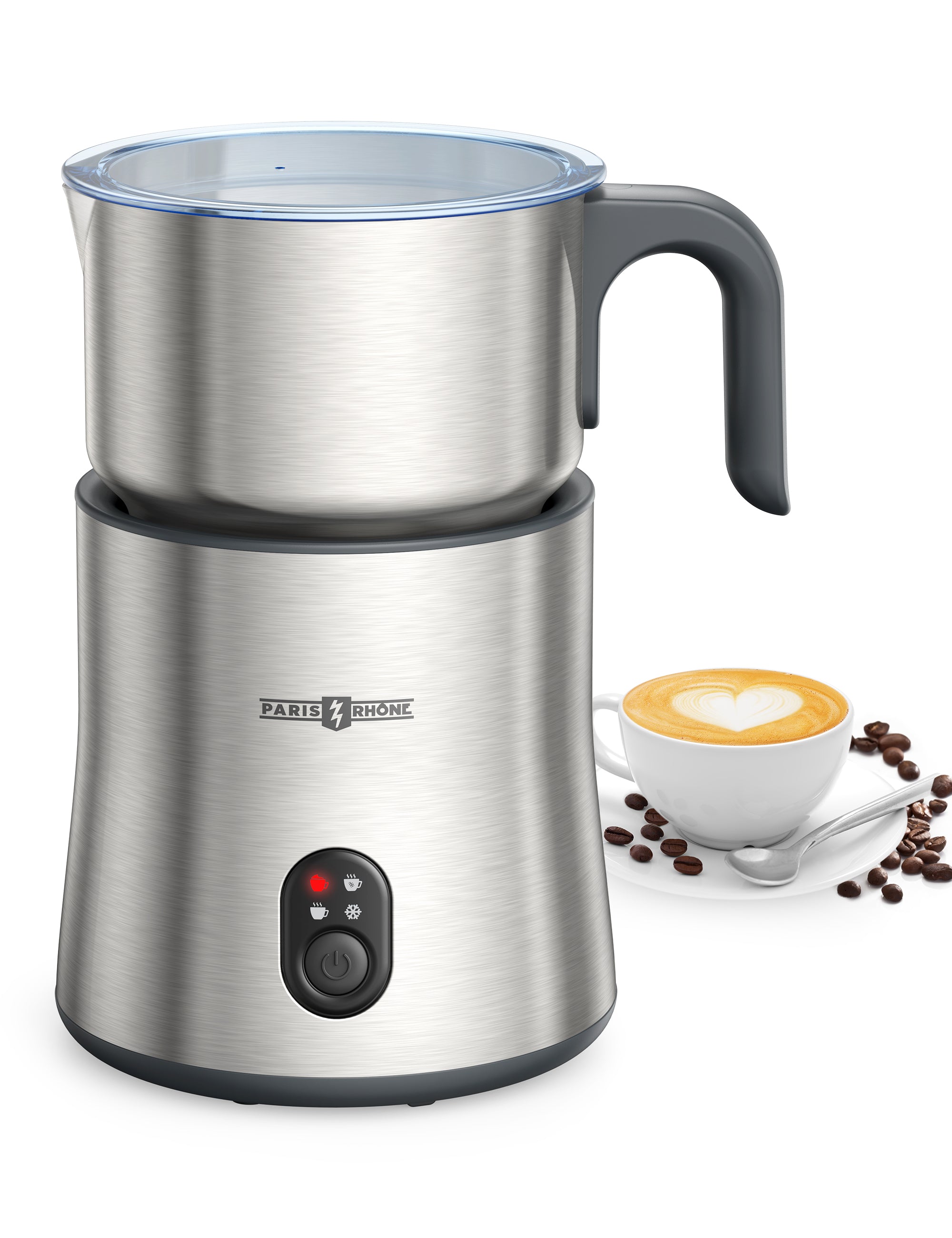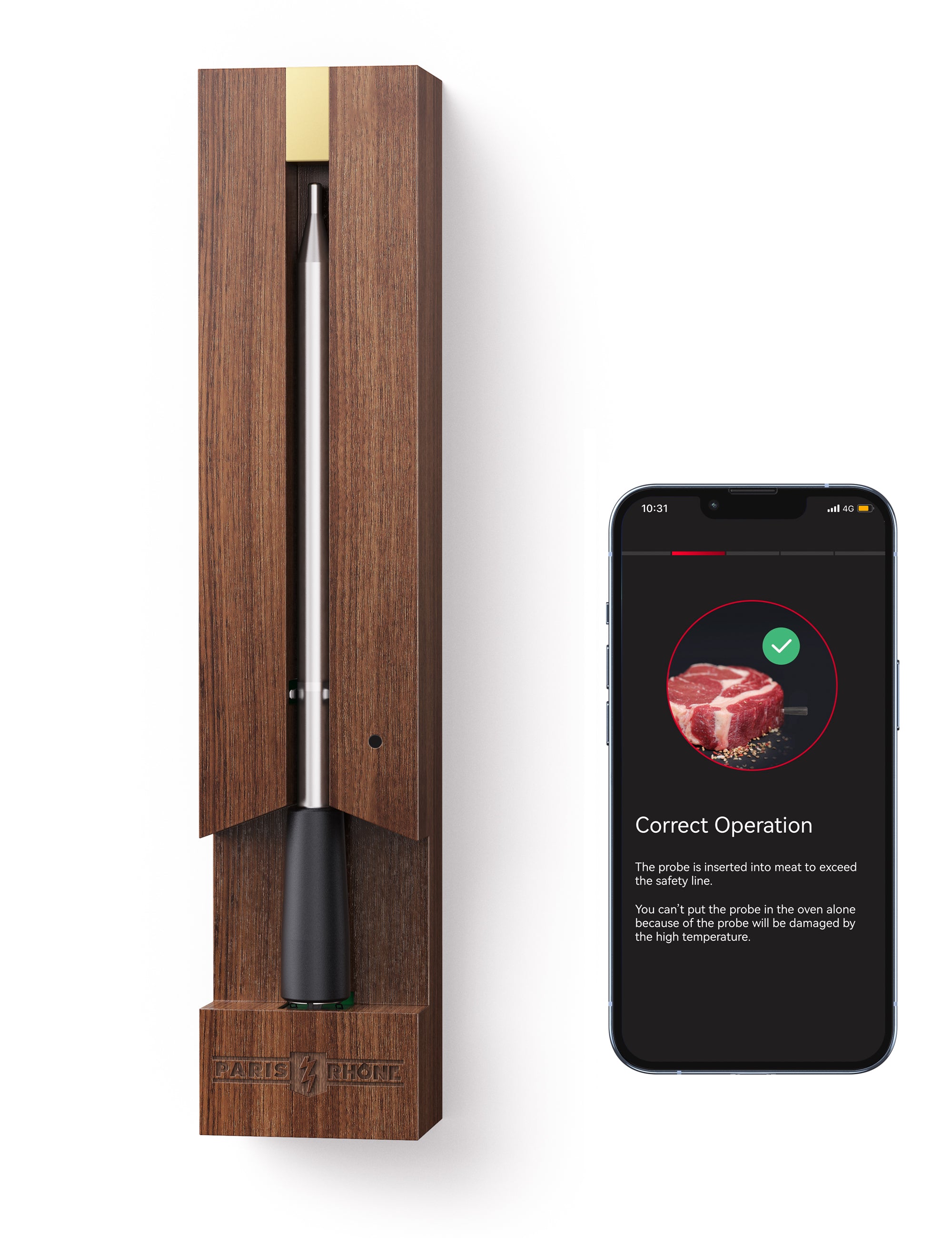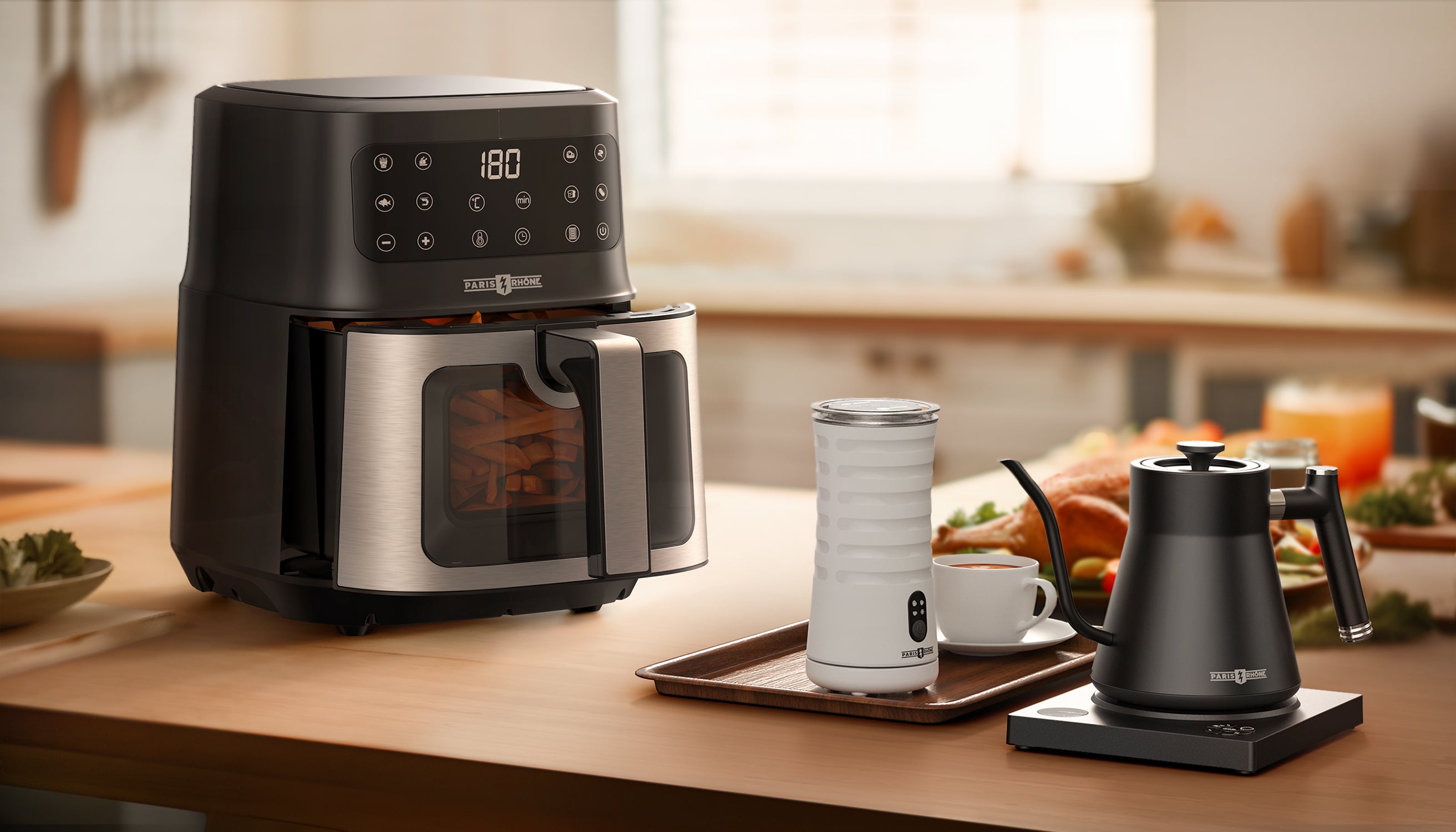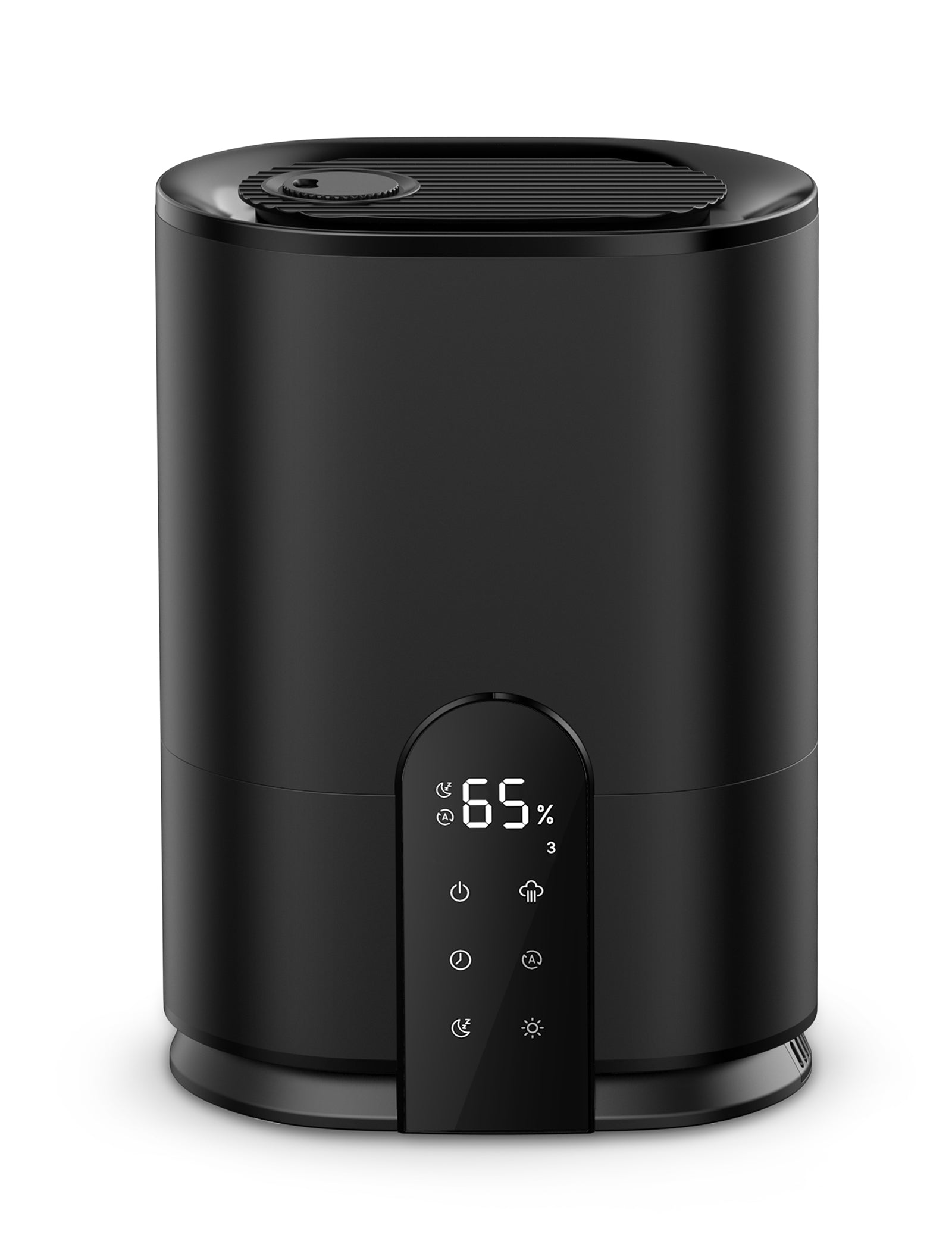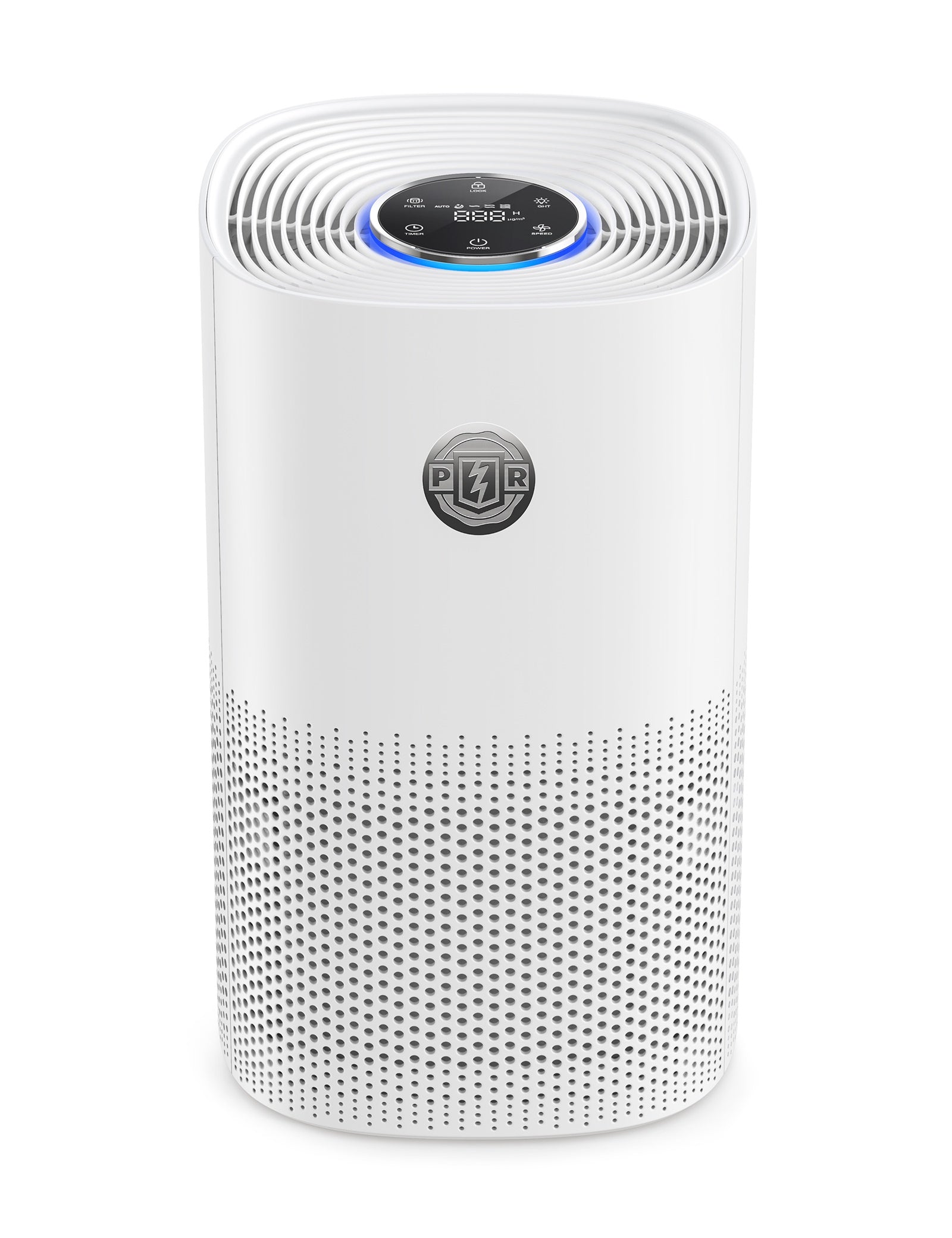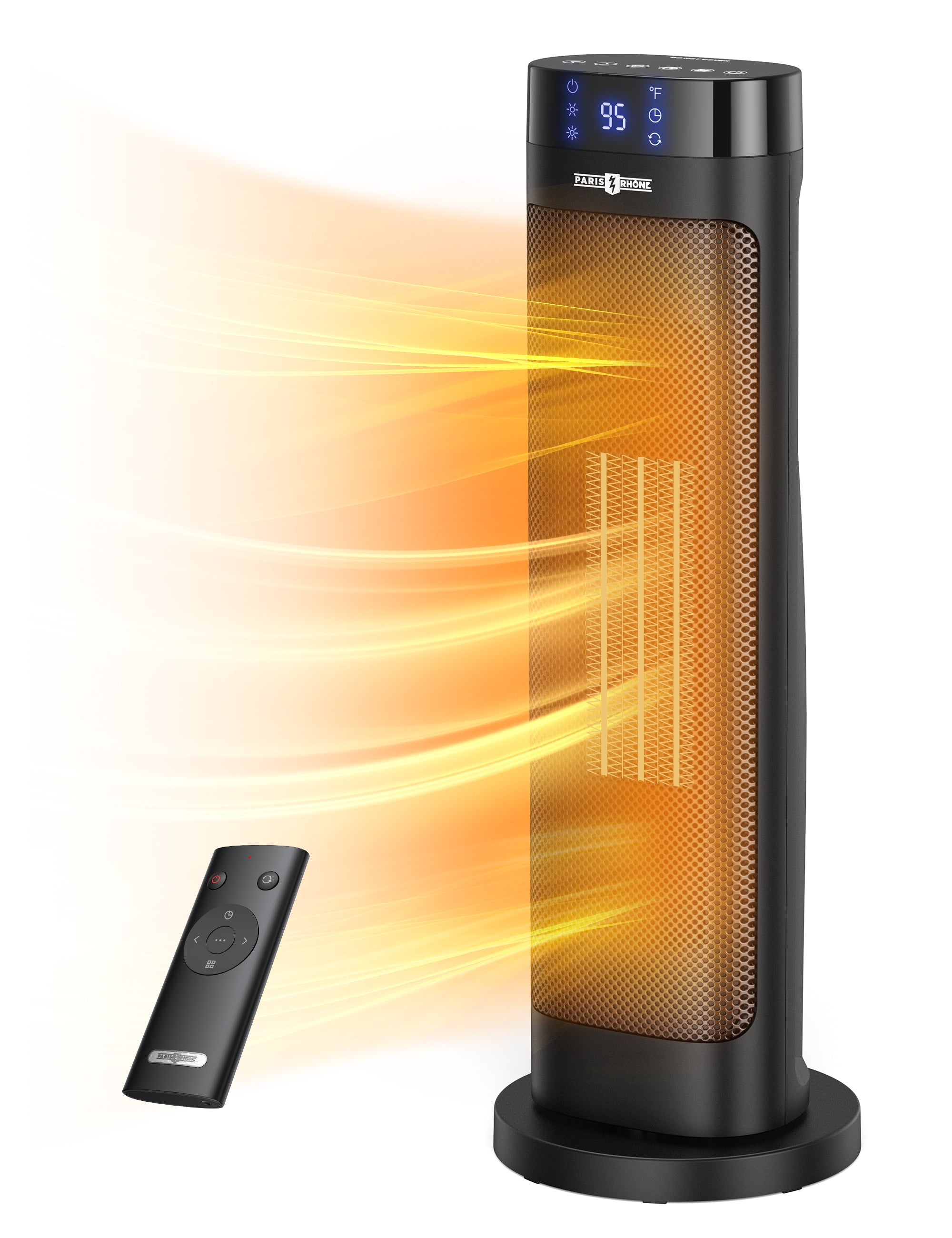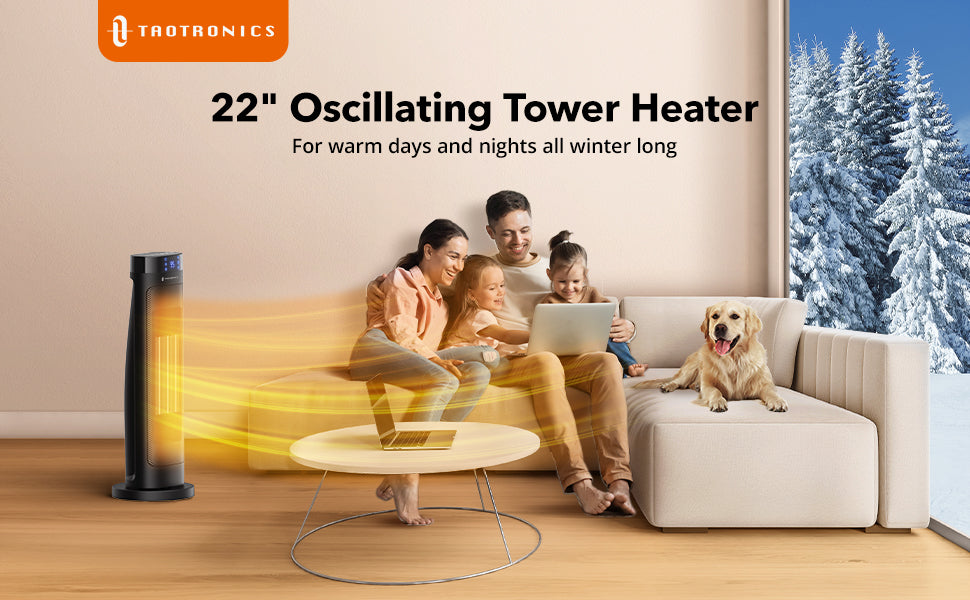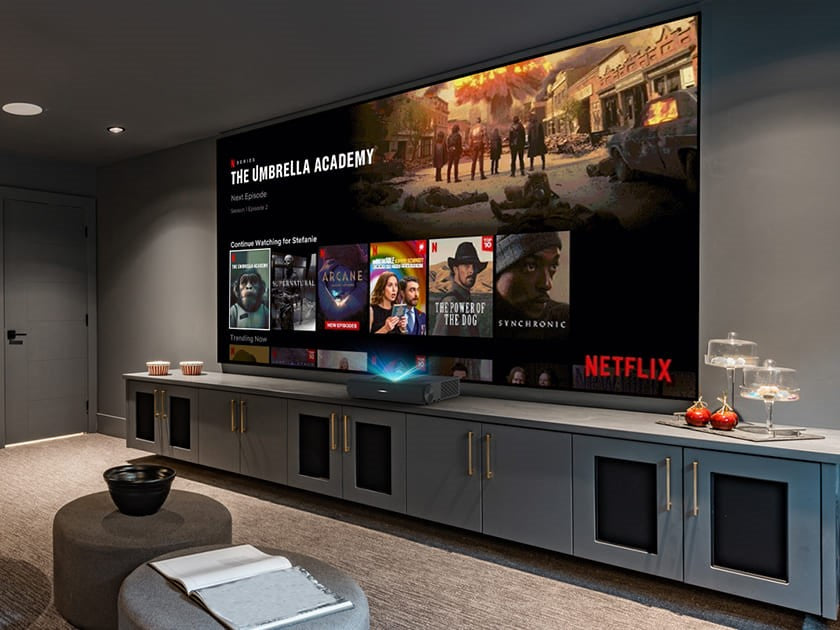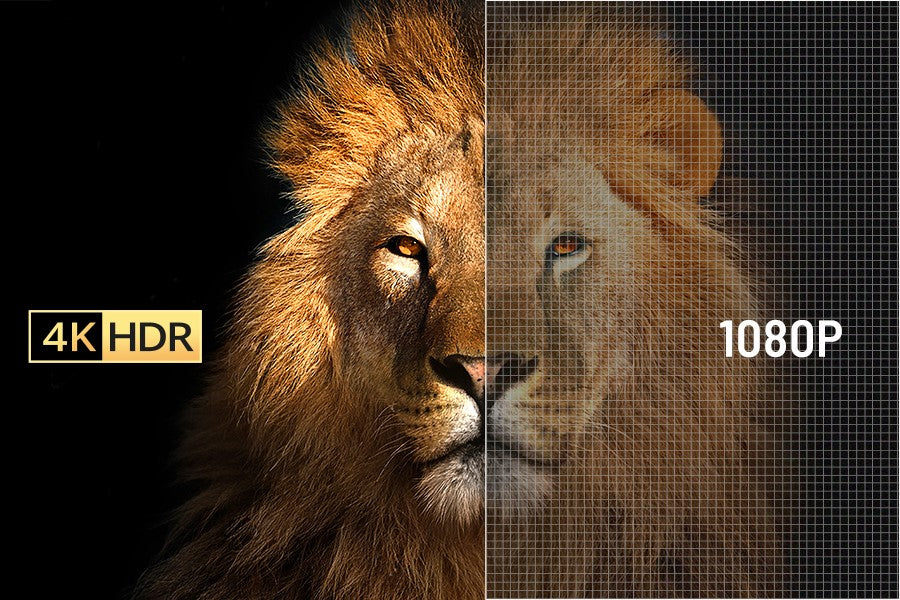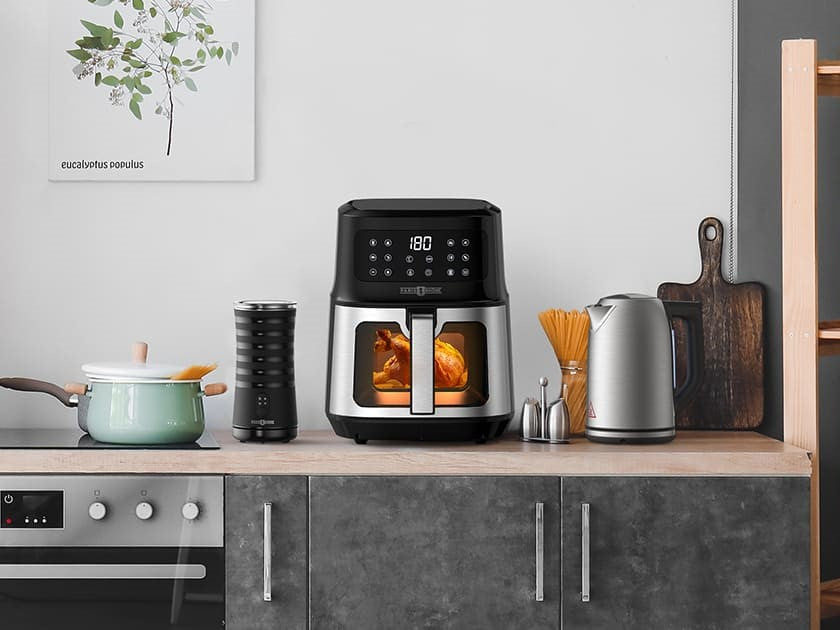TV projectors have surged in popularity in recent years thanks to plummeting prices and improving technologies. Projectors can produce screen sizes ranging from 50 to 300 inches diagonally - much larger than any feasible TV. This allows for incredibly immersive movie-watching or gaming.
The visual impact of seeing your favorite films and shows on a theater-sized screen at home is just incredible. Projectors also offer more flexible installation, allowing you to project onto any light-colored wall or dedicated screen. With the right projector, you can create a home theater experience that rivals or even surpasses what you find at the theater.
However, projectors also have some downsides, like light sensitivity and noise, that require consideration. This makes choosing the right model for your specific needs and room very important. The most important factors are intended use cases, room conditions, desired screen size, and special features. Read on for a detailed breakdown of these key considerations.
What Do You Plan to Use the Projector For?

First, think carefully about how you plan to use the projector. Will it primarily be for movies, gaming, sports, or business presentations? This will determine the most important technical features and specifications for your needs.
For movies, focus on contrast ratio for deep blacks and accurate color reproduction. High contrast creates that cinematic experience. For gaming, pay close attention to the refresh rate for smooth, crisp visuals and low input lag so your actions translate instantly on-screen. Sports viewing favors brightness to combat ambient light so the image remains clear. Presentations require good connectivity options for your input sources like laptops and media players. Identifying your key usage scenarios will help narrow down suitable projector models.
What Type of Room Will You Use the Projector In?
Next, thoroughly assess the room where you intend to install the projector. Factors like room size, lighting conditions, windows, and projection surface will all impact the kind of projector you need for optimal performance.
Consider a short-throw projector for smaller rooms that can produce a large projected image from a shorter distance. This allows you to get a big screen even in tight spaces. Larger rooms will require a projector with higher lumens, or brightness, to maintain good image quality across greater projection distances.
If you have complete light control with shades, blackout curtains, or a dedicated home theater room, then a projector with moderate brightness (2000-3000 ANSI lumens) will likely suffice. Well-lit rooms with sunlight demand an ultra-bright projector (4000+ ANSI lumens) to make the image visible. As for the projection surface, white or light gray colored walls work fine in a pinch, but a proper projection screen optimizes the image quality.
How Big of a Screen Do You Want?

One big advantage of projectors is their expansive display size compared to TVs. But just how big do you want to go? Choosing the right projector requires considering your desired screen size based on room dimensions and seating distance.
As a general rule of thumb, the optimal seating distance is 1.5-2.5x the screen height. For example, with a 100" diagonal 16:9 aspect ratio screen, the height is about 56". So optimal seating distance would be in the range of 7.5-12.5 ft from the screen. You can also use several projector calculator tools online to determine the exact sizing for your space.
Once you settle on your ideal screen size, you can find a projector with the right throw ratio spec to match it. The throw ratio multiplied by the seating distance determines the projected image size. So if you need a 100" image at 10 ft away, look for projectors with a 2.0 throw ratio. Matching the throw ratio to your room dimensions ensures you get the screen size you want.
What Special Features Do You Need?
With your expected use cases, room environment, and preferred screen size sorted out, consider any special features you may want.
Additional capabilities include 3D support for watching 3D movies at home, built-in speakers for convenience, a smart platform for streaming and apps, and abundant media player connectivity options like HDMI, MHL, WiFi, USB, etc. Consider which bonus features would really enhance and complete your home theater experience while balancing your budget.
Getting every bell and whistle is not always feasible, so prioritize the capabilities that are most important for your planned uses. With some strategic planning using the criteria above, you can confidently choose the perfect TV projector to transform your home entertainment setup.
Conclusion
In conclusion, choosing the best TV projector in 2023 is a calculated process that involves understanding your specific needs, assessing your environment, determining your desired screen size, and contemplating special features. There's an optimal projector for every use case, whether for movies, gaming, sports, or presentations. By examining your room conditions and thoughtfully considering necessary features, you can create an unparalleled home theater experience tailored to your preferences, effectively transforming your entertainment setup.




